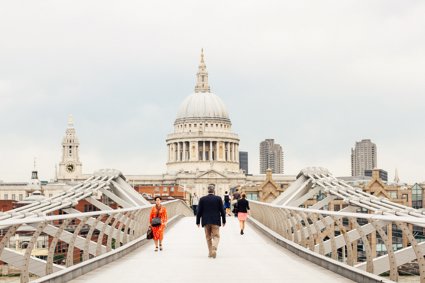
Key questions
Do I have a place within the local history?
Can I can evaluate what I have learnt about the history of my local area?
It is important to consider our own place within the context of the local area and also in time. People may live in a particular area but feel that they have little connection to it, or may feel that they have an affinity with a different place, for example the place in which they were born. With the rise of television programmes such as Who do you think you are?, which asks celebrities to investigate their personal and family histories, there has been a real interest in discovering the past on a more local scale. For more information visit the BBC's Family History website.
Starter
Is this my place?
Surnames have a great deal of history behind them. In this starter activity, you will find out how common your surname is, and where (if anywhere) there are concentrations of people with the same surname as you.
The is this my place PowerPoint presentation directs you to a website where you can create maps of your surname (if it is a common name in this country). You can also compare the concentrations in 1881 and 1998 to see whether your surname has become more or less popular over time.
-
Can you identify where your family surname comes from?
-
Do you feel any attachment to the place where your surname is most common?
-
If not, where do you feel attached to? (in this country or elsewhere)
Main Activity
Designing a mural
Using all of the information about your local area and its history that you have learnt during this unit, you are now going to design a mural to illustrate your local history.
The designing a mural PowerPoint slide gives you further instructions for the task.
It also shows you an image of the Bayeux Tapestry which was made to explain the 1066 Norman invasion of England. The tale of the Bayeux Tapestry might give you some inspiration for your own mural.
Before you design your mural, think about the following things:
-
What key events in the history of your local area would you like to depict?
-
Which key buildings, landscapes and people should be shown?
-
Are there any archaeological features to include?
-
Are you going to include any dates, mottos, stories or explanatory text?
-
What aspects of your school's history should go on the mural?
-
Where would be the most appropriate place to display your mural?
Perhaps your teacher might set a competition, with the best design being made up into a large piece of artwork and displayed in the school.
Plenary
Time capsule
To end the unit, you are again going to draw on all of information you have learnt so far.
For this task, you need to imagine that you have dug up a time capsule in your local area, which was buried at some time in the past. The time capsule contains items that tell you about the area's local area.
The time capsule PowerPoint slide gives you further information about the task.
What five items would you expect to find in the time capsule?
If you were making your own time capsule now for people living in the future, what five items would you include to tell them about life in the 21st Century?
File nameFiles
File type
Size
Download